RE: Freesias mark the beginning of Spring
Freesias are native to South Africa where they are winter growing plants and are frost tender. The modern hybrid freesias, Freesia × kewensis, are derived from crosses between Freesia refracta and Freesia armstrongii. Prepared corms planted outside in April will flower in late summer or they can be grown in a cool greenhouse for spring flowering.
Freesia is a genus of herbaceous perennial flowering plants in the family Iridaceae, first described as a genus in 1866 by Chr. Fr. Echlon (1886) and named after German botanist and doctor Friedrich Freese (1794-1878). It is native to the eastern side of southern Africa, from Kenya south to South Africa, most species being found in Cape Provinces.[1] Species of the former genus Anomatheca are now included in Freesia.[1] The plants commonly known as "freesias", with fragrant funnel-shaped flowers, are cultivated hybrids of a number of Freesia species. Some other species are also grown as ornamental plants.
They are herbaceous plants which grow from a conical corm 1–2.5 cm diameter, which sends up a tuft of narrow leaves 10–30 cm long, and a sparsely branched stem 10–40 cm tall bearing a few leaves and a loose one-sided spike of flowers with six tepals. Many species have fragrant narrowly funnel-shaped flowers, although those formerly placed in the genus Anomatheca, such as F. laxa, have flat flowers.
Freesias are used as food plants by the larvae of some Lepidoptera species including Large Yellow Underwing.[citation needed]
Source: Freesia - Wikipedia
https://en.m.wikipedia.org › wiki › Freesia
Thanks to share your amazing colourful flower.
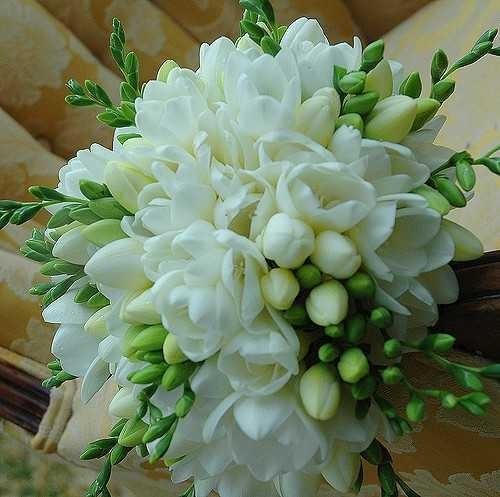
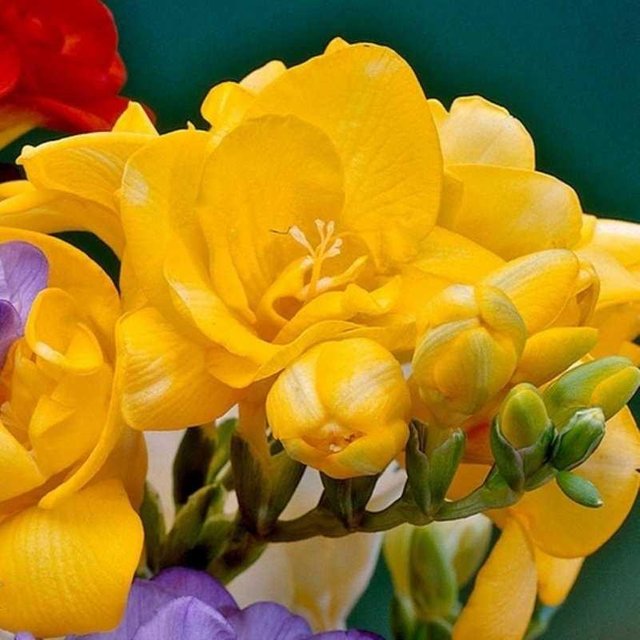
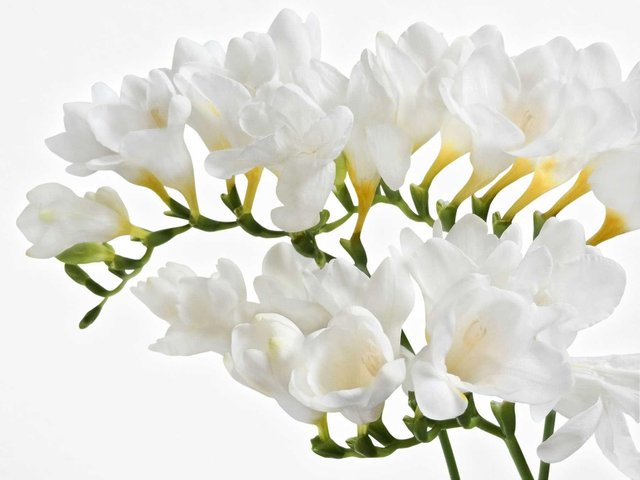
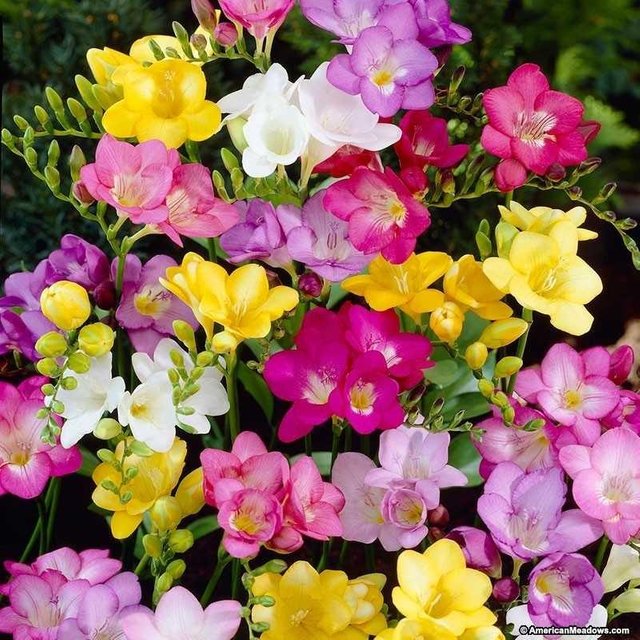
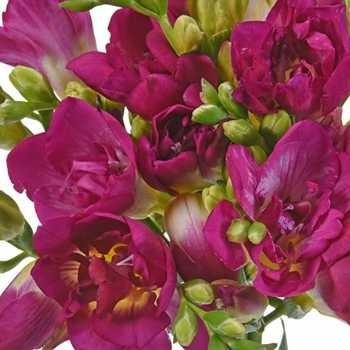
Fav. comment Award !! Thanks for the nice choice of Pics and info.
Wow! Thank you very much, sir.